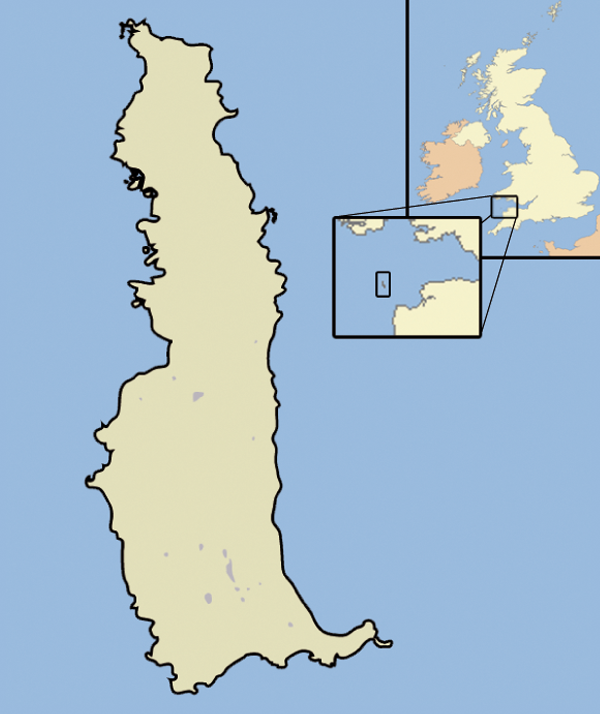|
Lundy South Lighthouse
The isle of Lundy has three lighthouses: a pair of active lights built in 1897 and an older lighthouse dating from 1797. Old light Foundations for a lighthouse on Lundy were laid in 1787, but the first lighthouse (now known as the Old Light) was not built until Trinity House obtained a 999-year lease in 1819. The granite tower, on the summit of Chapel Hill, was designed by Daniel Asher Alexander, and built by Joseph Nelson at a cost of £36,000. Because the site, Beacon Hill, is above sea level, the highest base for a lighthouse in Britain, the light was often obscured by fog. To counter this problem, a Fog Signal Battery, equipped with a pair of 18-pound guns, was built about 1861; guncotton rockets replaced these fog signal guns in 1878. The lighthouse had two lights: the lower a fixed white light and the upper a quick flashing white light, showing every 60 seconds (both lights were provided by Argand lamps fitted with parabolic reflectors). The flashing characteristic was an i ... [...More Info...] [...Related Items...] OR: [Wikipedia] [Google] [Baidu] |
Lundy
Lundy is an English island in the Bristol Channel. It was a micronation from 1925–1969. It forms part of the district of Torridge in the county of Devon. About long and wide, Lundy has had a long and turbulent history, frequently changing hands between the British crown and various usurpers. In the 1920s, one self-proclaimed king, Martin Harman, tried to issue his own coinage and was fined by the House of Lords. In 1941, two German Heinkel He 111 bombers crash landed on the island, and their crews were captured. In 1969, Lundy was purchased by British millionaire Jack Hayward, who donated it to the National Trust. It is now managed by the Landmark Trust, a conservation charity that derives its income from day trips and holiday lettings, most visitors arriving by boat from Bideford or Ilfracombe. A local tourist curiosity is the special "Puffin" postage stamp, a category known by philatelists as "local carriage labels", a collectors' item. As a steep, rocky island ... [...More Info...] [...Related Items...] OR: [Wikipedia] [Google] [Baidu] |
